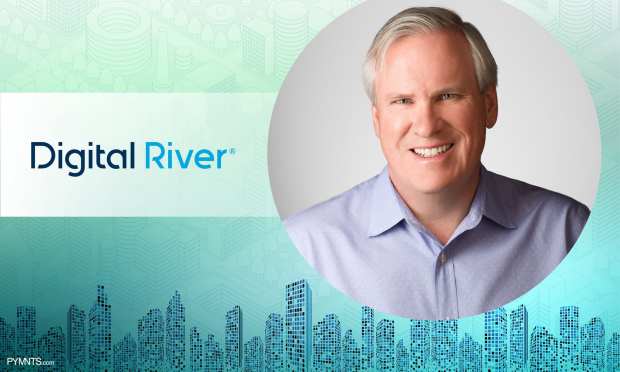The Next Transformation In eCommerce Comes From The Back Office

Coming off a year of digital transformation triggered by the pandemic, Adam Coyle, CEO of Digital River, believes that the next wave of transformation will come from the back office. “eCommerce is inherently and unstoppably global, and the next transformation will be making the global marketplace efficient, much in the same way that big players like Amazon have brought efficiency to domestic markets,” says Coyle in The Connected Economy’s Power Source – CEO Edition.
The eCommerce market has already embraced the idea that payments are an integral part of the consumer buying experience. Since the early days of PayPal and other payment experience innovators, we’ve seen – and will continue to see – innovation in this area. However, I believe the next transformation in payments will come not from the consumer-facing side, but from the back office, where increasing transactional efficiency will enable any business to sell globally through a direct-to-consumer (D2C) channel.
The continued integration of payments with other transactional workflows – taxes, fraud and compliance, to name a few – will simplify the complexities of global trade and make it possible for businesses of all sizes to sell globally, and profitably, while delivering the same high-quality experience customers have grown to expect in their domestic markets.
That’s not to say that localization of the consumer experience is not important. When a shopper comes to an eCommerce website, they want an experience that is both seamless and familiar. Not just the right language, but the right currencies, familiar payment methods and tax calculations. Brands quickly realize that to deliver the seamless experience their global customers want, they must take on the risks and complexities of operating like a local entity in the countries they serve. Until recently, only the largest brands could afford to build out the infrastructure necessary to operate like a local across the globe. Thanks to recent innovations in eCommerce technology, now even small brands have the opportunity to work with service and technology partners who can provide the back-office capabilities necessary for them to operate like a local entity, globally, on a cost-effective basis.
The transformational impact of the ability to operate like a local will be even more profound for B2B eCommerce. The overlapping effects of global eCommerce growth and the challenges businesses faced during the pandemic have created exponential numbers of new B2B eCommerce buyers.
These new B2B buyers are expecting consumer-like quality and convenience in their online buying experiences, but with a structure that reflects their current procurement processes. Purchase orders and invoices – the B2B equivalent of buy now, pay later (BNPL) in the consumer world – are must-haves, but the complexity of offering BNPL Adam Coyle solutions to business customers on a global basis is overwhelming for most B2B sellers. Fortunately, there is a growing number of solutions for this problem – and while BNPL for B2B eCommerce is still in its infancy, I believe we will see it pick up steam in 2021 as traditional B2B brands invest more in their D2C eCommerce channels.
All told, within 10 years, we will be buying products we didn’t know existed from merchants we’ve never heard of, and we won’t think twice as to whether they are down the street or across the globe. eCommerce is inherently and unstoppably global, and the next transformation will be making the global marketplace efficient, much in the same way that big players like Amazon have brought efficiency to domestic markets. That transformation is already underway, and will continue to play out over the next decade.
